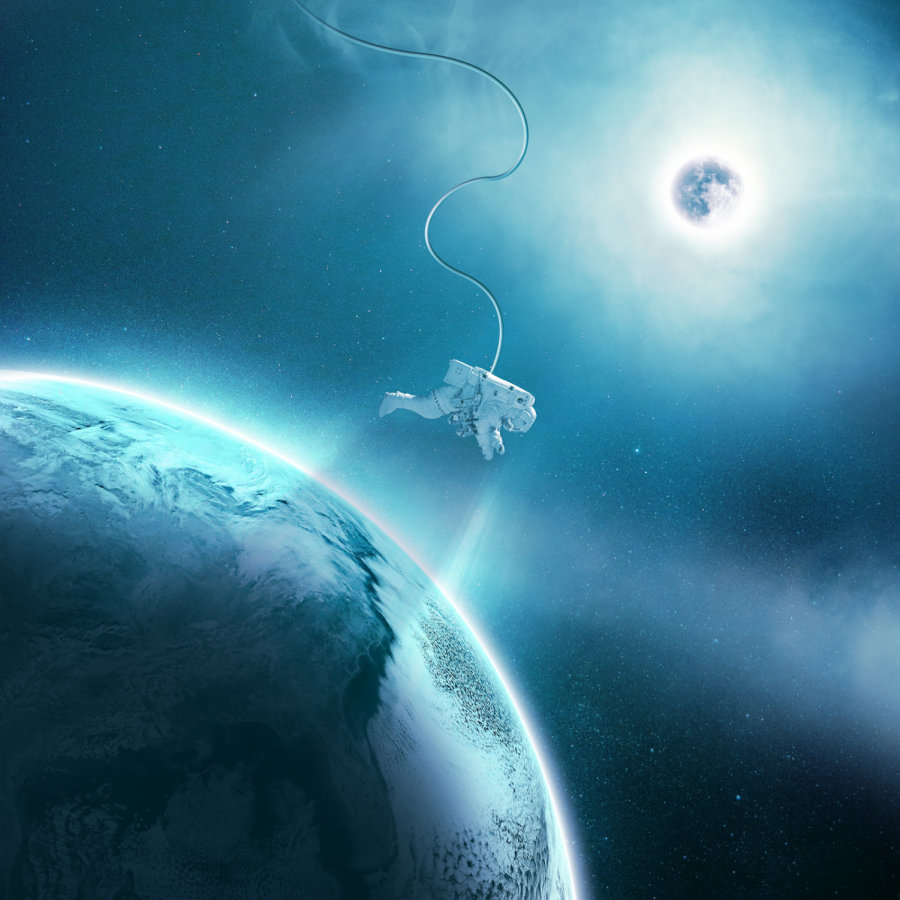Defying Gravity: A Theoretical Approach Using Nonsensical Ideas
February 12, 2021
For years, scientists have pursued the solutions and innovations necessary to propel us out of the terrestrial prison we both dread yet behold so dear to our hearts. Dreams of finding another place to live within the infinite cosmos and raise our families are the very principles that so many scientists and engineers hold to be their aspirations. Yet these dreams and aspirations find themselves constrained by the chemical bonds and ties of zilch advancements in the aerospace industry. Besides Elon Musk leading the development of Space-X’s multitudes of fantastical, science-fiction-esque rocketry, who’s name has been credited with any new innovations in the propulsion department? None. For years, we’re still using the same system of fuel solution to propel our rockets. It’s time that we figure out how to go into warp-drive, maybe even light-speed.
This is the first idea. You know the sayings “Toast always lands butter side down,” and “Cats always land on their four feet”? Considering these known facts, we can attach two pieces of toast to the cats paws, where the butter touches each paw of the cat. If you were to drop this cat(from a short height, please), then you would experience the cat infinitely rotating itself in a continuous attempt for the universe to make either one of those facts true. Since the toast would hypothetically land butter side up, it would rotate itself in order to correct that error; ergo, the cat would also rotate since it’s attached to the butter and flip on its backside. Alas, this is where the second universal fact comes into play: because the cat always lands on its feet, it must rotate itself to an upright position, now leaving the pieces of toast in a position where they might land buttered side up. The whole process then repeats itself infinitely(unless someone were to take the toast off). However, this method for powering our methods of travel is impractical: there is no concrete way to harness the energy from the cat and use it as a method of propulsion.
However, we can apply this theorem and use it towards a more sensible idea. Using magnets and turbines. First, one must create a large turbine with several amounts of fins(think like the ones on wind turbines). Then, you attach magnets to the end of each fin. Each magnet will pull the next fin towards itself, propelling the wind turbine to create energy. Multiply this result by each magnet attached, and you get yourself an infinite source of energy. To turn it off, hook up energizers to each magnet to prevent an overcharge of energy to whatever system the unit is powering. Now, with this infinite source of energy in mind, being able to go to the stars with limited propulsion resources is now a reality. All we just have to do is fund it and build it.
NASA, SpaceX, or Boeing: hire me.
